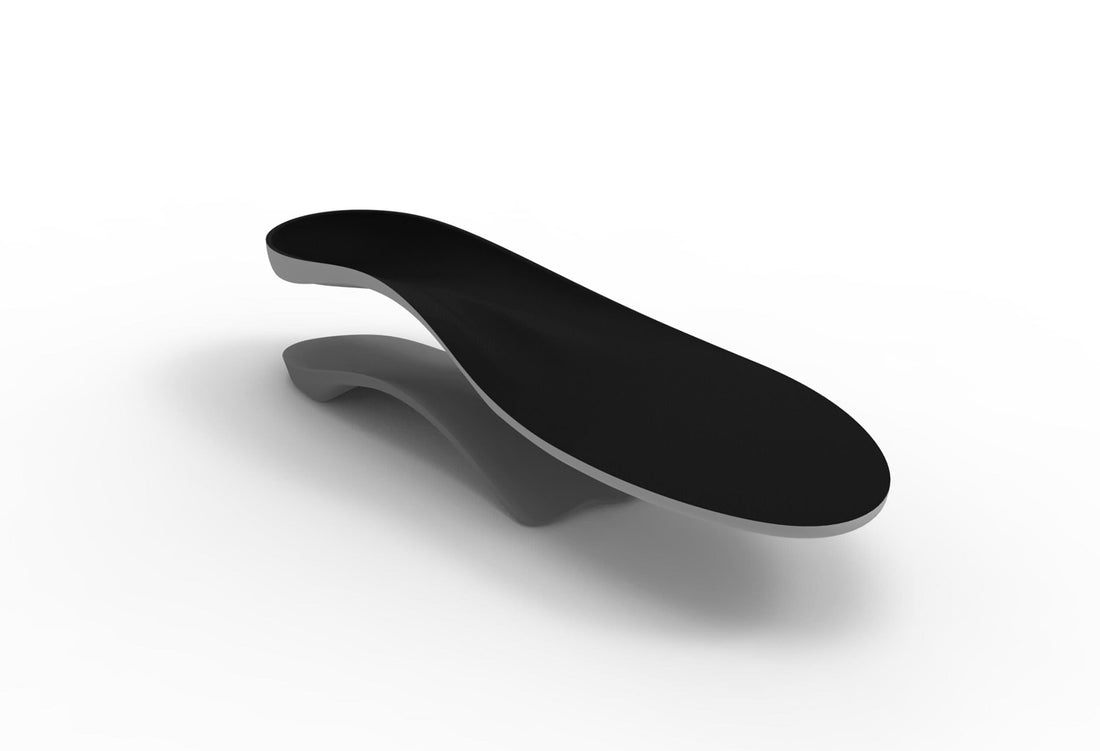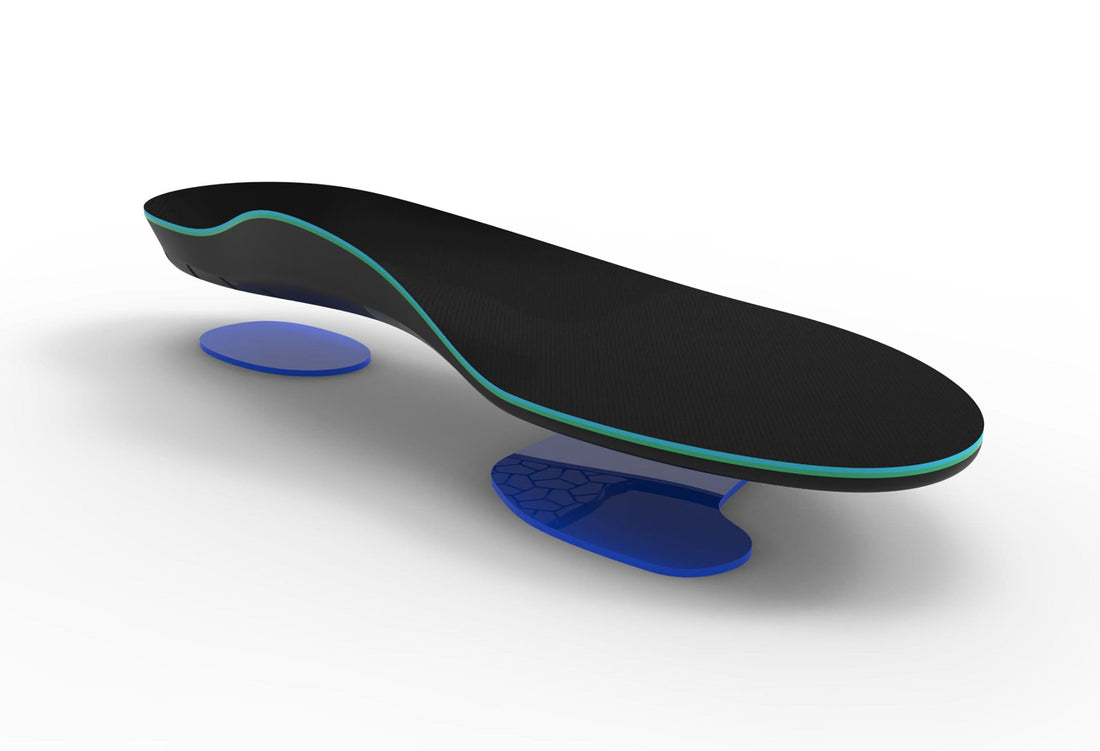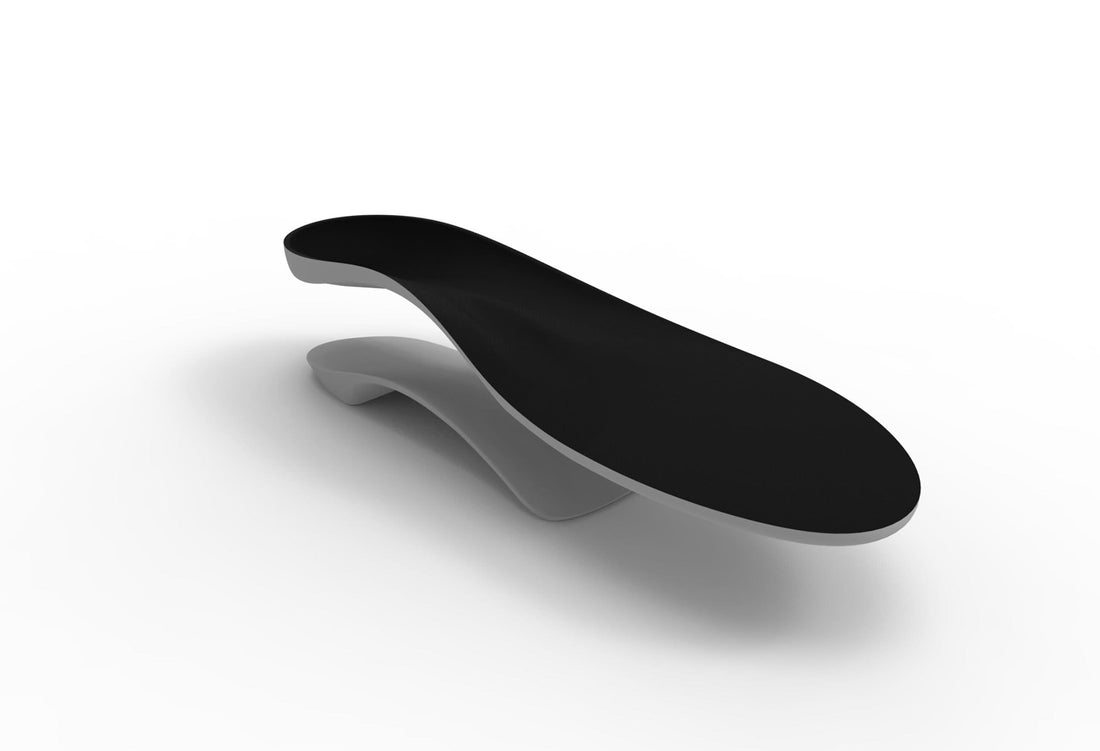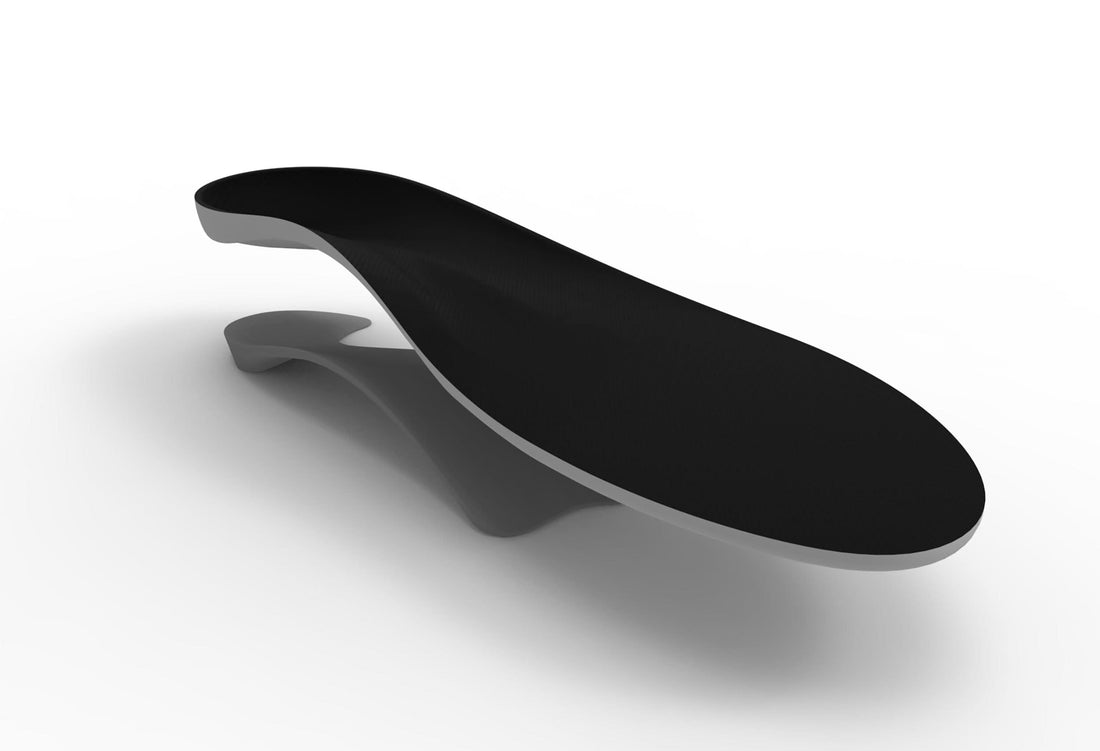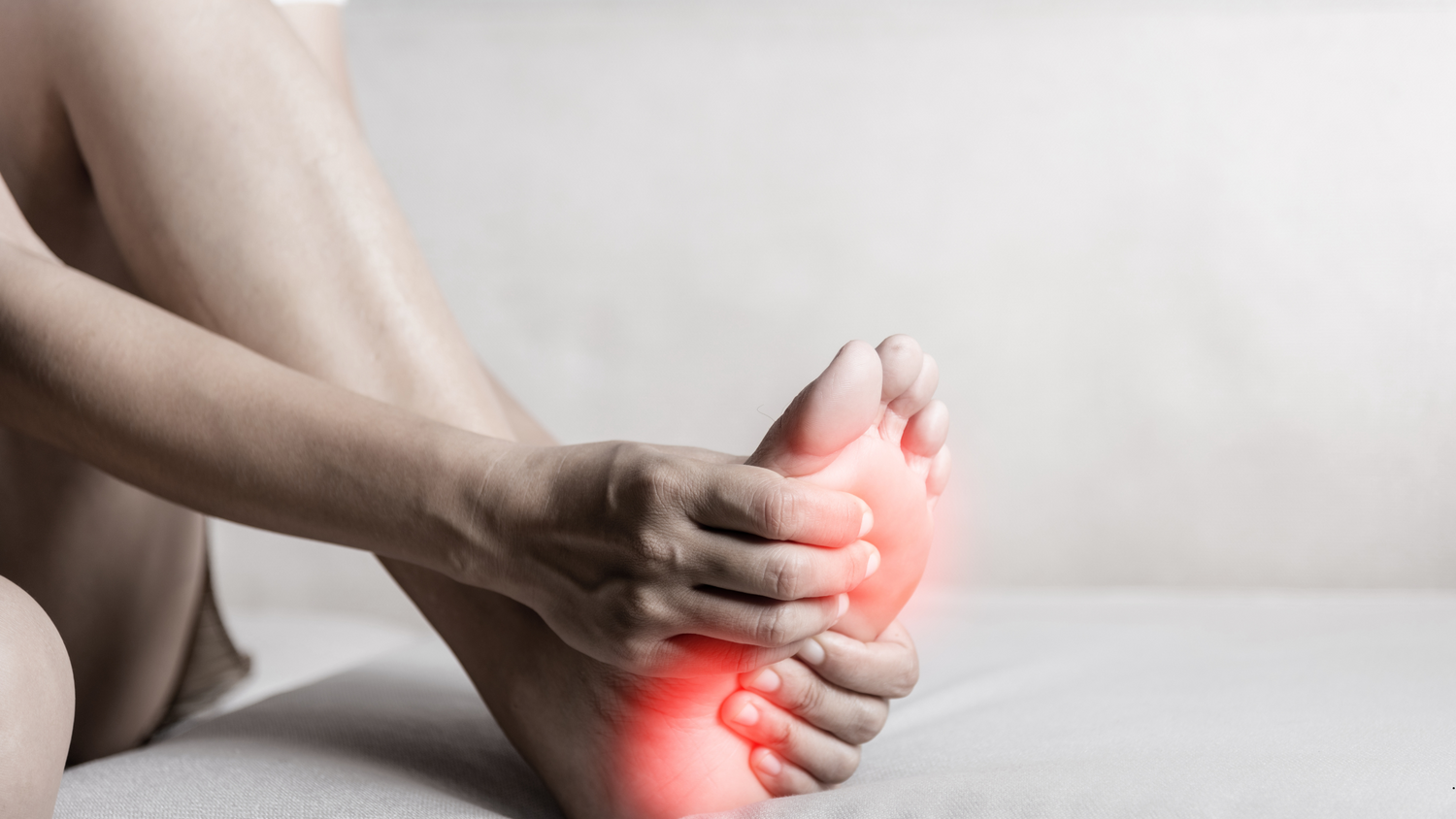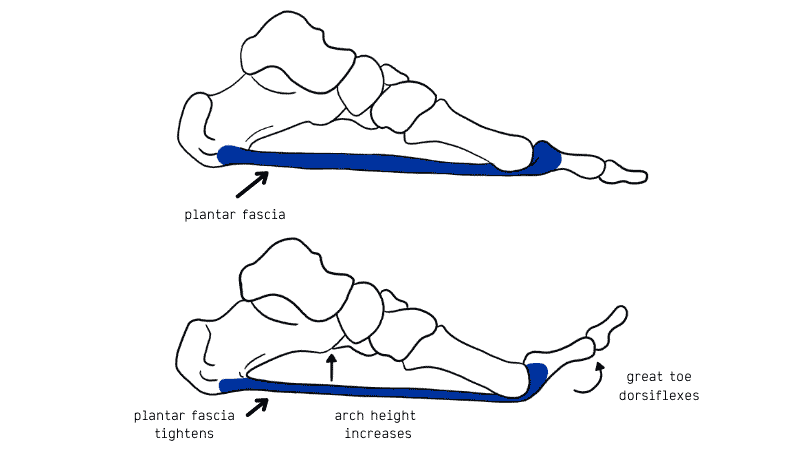Osteoarthritis is the most common ‘arthritic’ condition to affect the joints of the body. It affects a large portion of the population and can be extremely debilitating. An important component of any joint in the body is cartilage. Its main purpose is to provide cushioning in-between bones, absorb shock and prevent bone rubbing on bone. When this cartilage wears down, the bones will rub against each other causing pain, swelling and reduced mobility of the joint. Significant reduction of mobility and increasing pain levels from this condition significantly reduces the quality of one’s life.
Cause
There are two main causes for pain in the Achilles region called; Midportion Achilles tendinopathy (2-3cm above the insertion on heel) and Insertional Achilles Tendinopathy (at the site of insertion on the heel). Pain is experienced when these areas of the Achilles are placed under excessive repetitive strain.
Symptoms
- Vague and insidious onset of pain and stiffness
- Gradual onset/not related to a single trauma
- Worse in the mornings, can warm up with continual activity throughout the day
- May lead to increased falls due to a lack of balance and stability
- Worse with long periods of walking or exercise
- Sore upon palpation of the affected joints
- May present with additional/bony prominences/lumps/bunions
Diagnosis
Diagnosis of Osteoarthritis can be made by your health practitioner and is based on the following;
- Radiography investigations: X-rays are the gold standard imaging to diagnose osteoarthritis. The plain film imagining will reveal a lack of cartilage within the joints and identify other secondary features such as spurring or lipping of the bones.
Treatment
Treatment for osteoarthritis is very limited, as at this stage it is not possible to reverse the arthritic process. Treatment is therefore aimed at reducing the associated symptoms and delaying the progression. Treatment strategies may include the following:
- Pain medication (analgesics)
- Mechanical therapies to reduce stress on the joints affected. This includes the use of orthotic devices such as the Interpod Soft Range to offload stress on arthritic joints/bones in the feet.
- Injection therapy: Cortisone to reduce excessive inflammation or Prolotherapy for pain relief.
- Surgery: Joint fusion surgery is the last resort treatment to relieve pain by reducing all motion through the joint.
Prevention
Overall it is important to seek medical advice regularity to update on the level of your osteoarthritis. This may determine the most affective and up to date treatment and prevention plans for you. However, there are a number of holistic approaches to avoid the onset of osteoarthritis including;
- Eat well and include regular exercise to assist in managing a healthy weight and avoiding obesity
- Regular massage and low impact activities
- Avoid overly aggressive activities
- Source advice (i.e. from an occupational therapist) on ways to avoid stress to joints in our field of work (ergonomic chairs and keyboards etc.)
- Correct footwear with plenty of space and depth, without an overly large heel height.
References
Menz, H. (2008). Foot problems in older people. Assessment and Management. Churchill and Livingston, Chapter 8.


